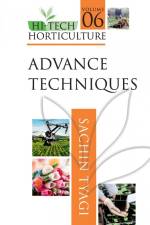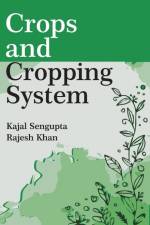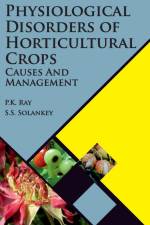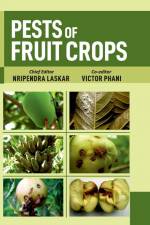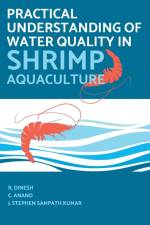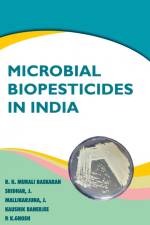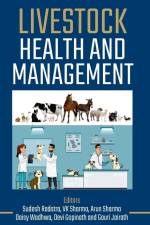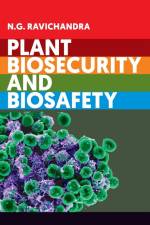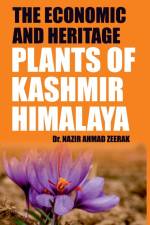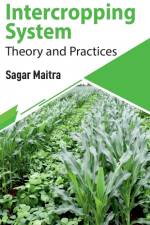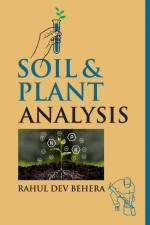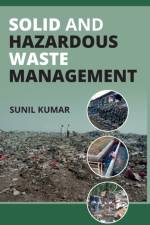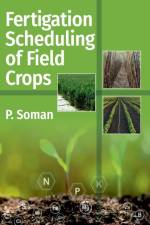av Nripendra Laskar
3 111
Among the leading fruit producing countries in the world, India ranks second only after China. Fruits play pivotal role in mitigating nutritional requirement of the society as well as providing employment opportunity, especially in the agriculture dominated rural agrarian economy of the developing countries like India. In the age of Hi-tech Horticulture, introduction of new fruit crops resulted in the paradigm shift in fruit crop cultivation. Climatic chnages and increment in cropping intensity reflected in a remarkable and rapid shift of fruit ecosystem. Biotic stresses like insect, mite and nematode pests etc. have also been increasing day by day. These pest problems in fruit crop cultivation are now changing in a dynamic fashion in close association with the change in cropping system and the environment. To protect the fruit crops from insect pest devastation, synthetic poisonous chemicals are the quick and easy solution which are being used indiscriminately. Considering the ill effects of these hard-to-degrade synthetic chemical pesticides, integrated approaches are the only answer to combat such a complex and dreaded problem. The integrated approach comprises cultural, mechanical, biological and ecological management strategies in association with need based and safe pesticidal chemicals. Some pesticides have also been banned for using in horticultural crop cultivation, some others are withdrawn. But information with regard to these phenomena are scattered. In this compilation, an exhaustive effort has been undertaken to compile them. In addition to elaborating the host range, distribution, marks of identification, mode of feeding and symptoms of infestation, bionomics of the pests, biological control, pesticide residue problem and measures to mitigate it have been presented by the experts from different Institutes of repute from all over India.The book has been designed for the UG and PG students of horticulture, crop protection, pomological acarology as well as nematology. This will also serve as guide to respected Professors and Teachers of Agricultural Universities, progressive farmers, extension workers, plant protection specialists as well as policy makers.

